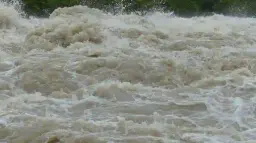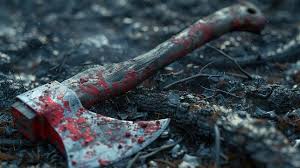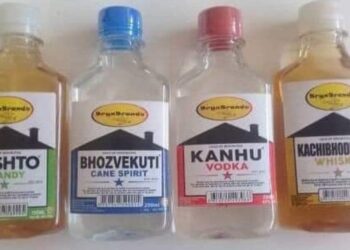A truck carrying 30 000 litres of creosote termite poison travelling from South Africa recently overturned and spilled the poison into Murare River, a tributary of Odzi River.
The accident has caused a major environmental hazard in Nyanyadzi’s Gudyanga area and surrounding communities.
The pesticide contaminated the water and subsequently killed livestock, fish and other aquatic animals.
The Environment Management Agency (EMA) responded swiftly to the accident and issued a warning to the public to avoid using water from the river for drinking, irrigation, or recreation.
EMA Manicaland provincial environment manager, Kingstone Chitotombe told The Manica Post that it will take several weeks to decontaminate the river and declare the water safe. He said:
After pumping out the contaminated water, we scooped the contaminated soil into lined ponds and treated the soil.
After treatment, we diverted the river flow so that it took a different route from the contaminated area.
We bypassed the former river flow so that we minimise further contamination, and so far the water is flowing well and we are almost complete with the clean-up.
We are currently monitoring the river channel as well as the water quality.
We are also monitoring the area where we disposed of the contaminated water to see whether it will be affected or not.
Another EMA official, Alfinos Rugara told The Manica Post that they used a tipper, a hazardous material response truck and excavators to scoop the contaminated water from the river bed. He said:
At least 30 000 litres of creosote oil spilled into Murare River when the truck was involved in an accident at Murare Bridge recently.
We acted immediately because Murare River feeds into Odzi River which also feeds into Save River. We issued warnings to the community to stop using the water.
We ended up excavating and draining water from the river because we found that once the creosote oil gets into the water, it separates into three components.
A part of the oil sticks to the river bed, another part remains on top of the water, while another component dissolves into the water.
We managed to scoop the river surface until we removed the level that had oil and put it in the lined points.
Three boreholes in the area were temporarily closed as they were close to the contaminated river.
Villagers who spoke to The Manica Post said the poison killed some goats and thousands of fish, while their cattle now look sickly after drinking the poisoned water.
According to the United States Environmental Protection Agency, Creosote is derived from the distillation of tar from wood or coal and is used as a wood preservative.
Pesticide products containing creosote as the active ingredient are used to protect wood used outdoors (such as railroad ties and utility poles) against termites, fungi, mites and other pests.
Source PindulaNews










